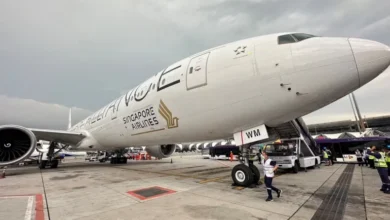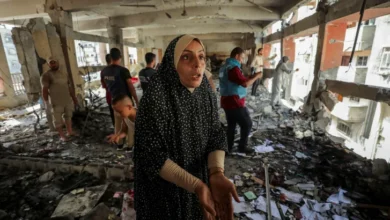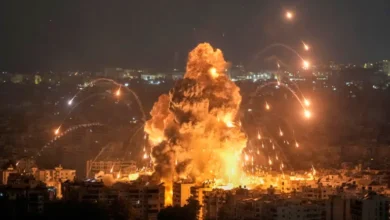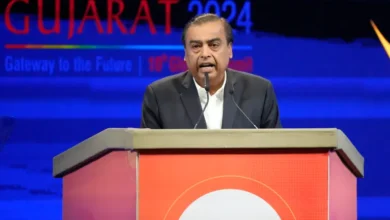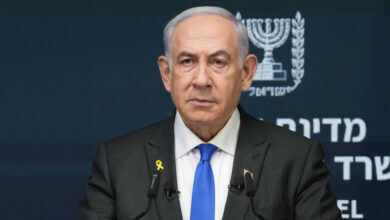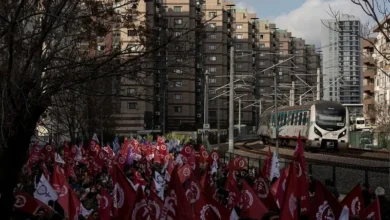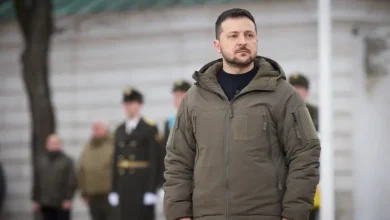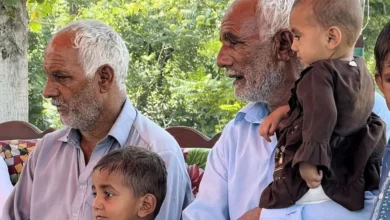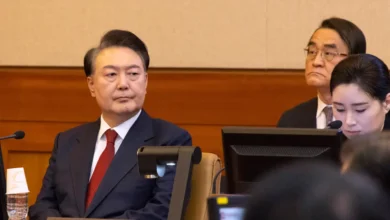‘Strategic objectives not achieved’: Has Ukraine’s counteroffensive failed?
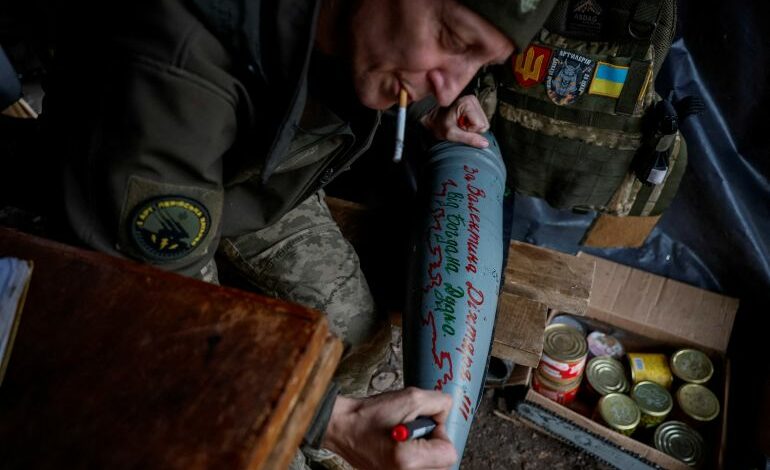
Referring to the Soviet puzzle video game, Alla says her husband kills Russian soldiers as though he is playing “human Tetris”.
“A drone hangs in the sky, and he watches [them] crawl across the forest,” she told Al Jazeera. “And he kills them. And then they crawl again.”
The war in Ukraine has turned Avdiivka, where Alla’s husband is stationed, into a maze of ruins, trenches and tunnels surrounded by burned-down fields and patches of forest studded with landmines, explosion craters and remnants of Russian soldiers and armoured vehicles.
Avdiivka sits 20km (12 miles) north of separatist Donetsk, wedged deep into occupied areas. Ukraine has held it since 2014.
But it is nearly surrounded, and Ukrainian forces may have to leave it after weeks of bombardment with 500kg (1,100-pound) gliding bombs and storms that killed thousands on both sides.
The surrender may become a sobering, pessimistic end of this year’s counteroffensive campaign, that began in June along the crescent-shaped, 1,000km-long (621-mile) front line in eastern and southern Ukraine.
Last year, Ukrainian forces liberated almost 75,000 sq km (30,000 sq miles), an area the size of the United Arab Emirates, according to the Institute for the Study of War, a think tank in Washington, DC.
Kyiv had said it wanted to reach the Sea of Azov to cut the “land bridge” between the Russian mainland and annexed Crimea.
But Russian forces spent months building defence lines and planting thousands of landmines across no-man’s land.
They also rule the air and airwaves with their planes, Lancet kamikaze drones, and radio-jamming systems that paralyse and disorient Ukrainian unmanned vehicles.
Meanwhile, the F-16 fighter jets the West pledged to supply will take months to arrive – and their future pilots will spend many more months on training.
So far this year, Kyiv has lost some 487 square kilometres (188 sq miles), according to a calculation by The New York Times published in late September.
‘Russia looks stronger and has manpower advantage’
The results are disappointing due to several factors, military analysts say.
“Strategic objectives have not been achieved this year, and it’s hardly possible” in the remaining months, Lieutenant General Ihor Romanenko, former deputy chief of the General Staff of the Ukrainian Armed Forces, told Al Jazeera.
He blamed Western allies for months-long delays of weaponry and a reluctance to supply more sophisticated arms.
“Weaponry should be supplied on time, not the way our allies are doing it,” he said. Ukrainian “generals asked [for certain arms] a year ago, but they still didn’t supply even the types of arms that had been agreed upon.”
Ukrainian top brass have long complained about the delays that Western officials say are caused by logistical hurdles.
Meanwhile, the war has morphed into WWI-like positional warfare that exhausts both sides in terms of manpower and economy.
“This is not our war because resources-wise, economically, Russia looks stronger and has a four-fold advantage in manpower,” Romanenko said.
Russia’s population stands at 143 million, but millions of Ukrainian nationals live in annexed Crimea and other occupied areas of eastern and southern Ukraine.
Ukraine’s current population is between 29 and 33 million, according to different estimates.
And even though men aged 18 to 60 are not allowed to leave Ukraine, and several waves of mobilisation had hundreds of thousands drafted, heavy losses have bled Ukrainian forces dry.
“Obviously, there isn’t enough manpower,” Romanenko said.
He said there should be tougher measures to register all men of fighting age and classify them according to their fitness for combat.
Meanwhile, some younger Ukrainians dodge the draft any way they can.
“I got a summons, it was stuck in my [apartment] door,” Boris, a 21-year-old university student in Kyiv, told Al Jazeera. “I have kept it there for two months so that it looks like no one lives in the apartment.”
Ukraine’s commander-in-chief reportedly admitted that the counteroffensive had reached a “stalemate”.
“Just like in the first world war we have reached the level of technology that puts us into a stalemate,” he told The Economist on November 1. “There will most likely be no deep and beautiful breakthrough.”
Nikolay Mitrokhin, of Germany’s Bremen University, told Al Jazeera that Ukraine paid too dearly, with Western-supplied arms spent during “meaningless” frontal assaults on enemy lines.
“A part of Western equipment burned down in meaningless attempts to break through that ended with the liberation of half a dozen ruined villages.”
Ukraine’s economy ‘hanging by a thread of foreign aid’
The counteroffensive brought with it huge casualties among Ukrainian servicemen – especially the Western-trained units that were withdrawn from the eastern towns of Bakhmut and Soledar – Russia’s last sizeable territorial gains last year.
While there are no reliable official figures of casualties, tens of thousands of soldiers on both sides are understood to have been killed in the war this year.
“Russian defence ground down the attack brigades that had been trained for at least six months and for whose salvation Bakhmut and Soledar were abandoned,” Mitrokhin said.
Meanwhile, the Kremlin managed to avoid the collapse of Russia’s economy.
“Russia has used comprehensive stimuli of investment, credit and budget – from affordable mortgages to the military-industrial complex,” Kyiv-based analyst Alexey Kushch told Al Jazeera.
Moscow’s strategy of affordable credits and “replacing import” in response to Western sanctions triggered the mushrooming of domestic businesses, he said.
In comparison with Russia, Ukraine’s economy is “hanging by a thread of foreign aid”, Kushch said.
“There are no programmes of internal development, monetary policies are aimed at restriction of domestic credits,” he said.
The economic backbone of Russia is hydrocarbon exports, and it can only be broken if the “entire world will stop buying Russian oil and gas,” said Sergey Bizyukin, an exiled opposition activist from the western city of Ryazan.
“And yes, defence factories in Ryazan, where the technological base has traditionally been strong, work at a full throttle, and there’s only a lack of workforce,” he told Al Jazeera.
But regardless of how small Kyiv’s gains are, they “shouldn’t be underestimated” – in the words of Rybar, a pro-Russian Telegram channel with 1.2m subscribers.
Ukrainian forces are expanding their toehold on the left bank of the Dnipro river in the southern Kherson region, a gateway to Crimea, it said.
Supported by swarms of drones, Ukrainians ferried armoured vehicles and some 300 servicemen to the village of Krynki earlier this month, Rybar said.
“Krynki is ours,” Ukrainian war veteran Yevgen Dikyi said in televised remarks.

